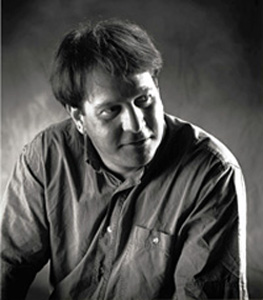
David Blackham
There is a growing trend to use fluorescent, LED and discharge light sources for film and video production. This is good news for the environment as these light sources use less power than conventional studio lights. As the power consumption is less, so less heat is generated on set. Environmental issues should not be ignored when considering technical and creative requirements for production – being environmentally responsible has practical benefits too!
One of the problems faced by these light sources is the lack of continuous spectrum activity, exemplified in fluorescents, LED and other discharge fixtures. It is impossible to add light that was not present in the first place but spikes can be removed with suitable gels (e.g. minus green for green spikes). Often, light sources originally designed for film and television are used with video – this is common on productions with lower budgets, and may be why there are so many brands of CFL bulbs. If selected with care, many of the quality bulbs have a high CRI and are useful sources of light. Video and digital cameras have a greater tolerance to low CRI light sources and they can be easily balanced during image capture, but only when a neutral DSC test pattern is as a reference. CRI figures are not a guarantee that the source has a continuous spectrum, but can be helpful when selecting potential light sources. Much of this information can be found on the internet.
When using new fluorescent tubes from any manufacturer, a common practice is to burn the tube in for at least 24 hours before use. This allows the tube to stabilize and become consistent in its output. Try and use light sources with a high CRI and suitable CCT when budgets allow. Occasionally, light sources that deviate from 3200k or 5600k are welcome on set, so long as the quality of light from the source remains constant in terms of CCT and spectrum. A meter is not always necessary to determine colour temperature as many Digital cameras have onboard indicators.
A guide to monitoring continuous spectrums of light is easy with DSC Laboratories test patterns. The front lit ChromaDuMonde 28R is a necessity to identify light sources that may not have a continuous spectrum. If the camera is calibrated with a continuous source (such as tungsten lamp) then a similar colour temperature fluorescent source can be compared on a vectorscope display. This may not be standard practice, but this technique is useful as it requires basic tools found on common sets. Monitor calibration is of equal importance – especially when shooting on location. I use a Spyder 3 monitor calibration device made by Datacolor. Location viewing environments may not be the perfect calibration spot, but the device is simple and, when paired with a DSC Pattern, easy to use when trying to achieve perfectly neutral imagery.

